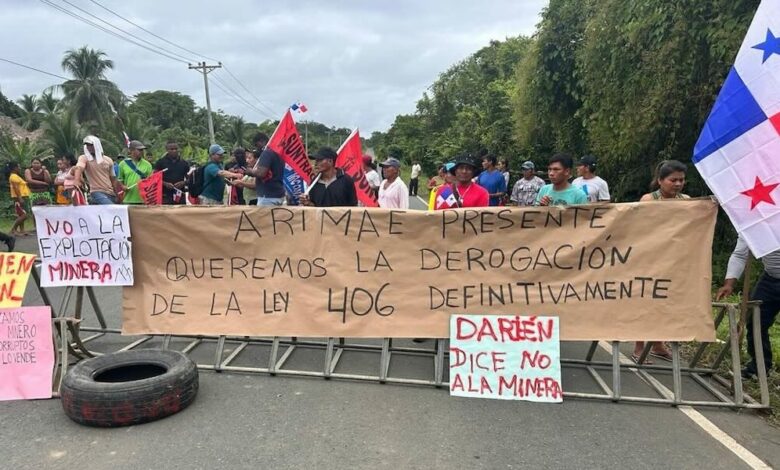Nationwide protests add to Panama woes

It’s not just drought in Panama that is giving supply chain planners pause for reflection, the Central American nation is also reeling from the largest protests in the western hemisphere, action that has affected rail, roads and ports over the past month.
Protests that began over a mining contract with a Canadian company have rocked Panama for weeks, with key highways blocked, and a port choked with fishing boats.
In October, First Quantum Minerals signed a 20-year contract to work Cobre Panama, the largest open pit copper mine in Central America. Since then, protests have escalated to an anti-government movement with many strikes paralysing services.
First Quantum has had to limit operations at one ore processing train as the blockade at the mine’s Punta Rincon port has affected the delivery of supplies for its on-site power plant and is impacting the loading of copper concentrates.
A dozen small boats have been anchoring for weeks in the Panamanian Caribbean to prevent any ship from accessing the port.
The widescale protests have even seen a cruiseship, Carnival Conquest, decide to ditch a call at Colón this month over security fears.
Splash has been reporting extensively on the drought in Panama which has forced the canal’s administrators to drastically cut the number of daily transits as well as slashing the maximum draft at its larger locks by nearly 2 m.
Today there are a total of 130 ships waiting at both ends of the waterway to transit, 31% higher than the average of the past seven years since the canal was expanded.
